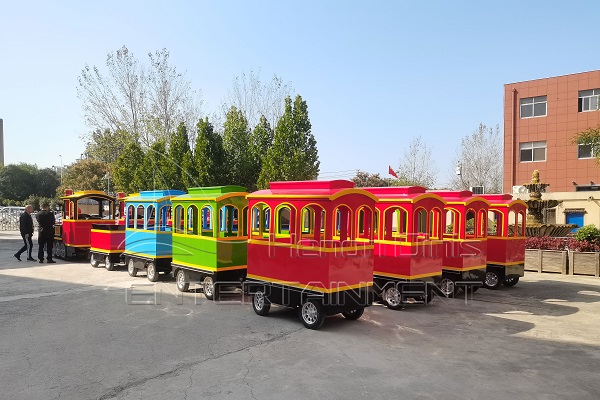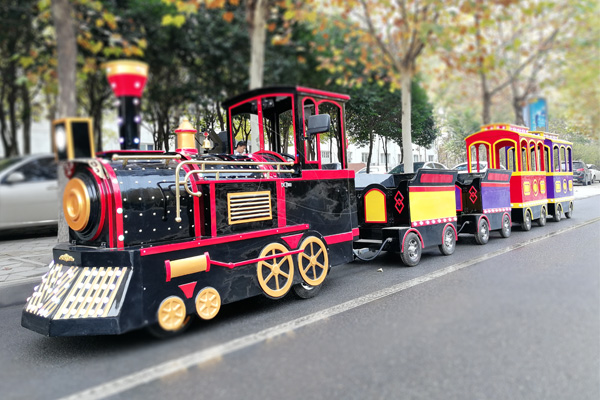When park operators or business owners consider investing in a vintage amusement train, the first thing that comes to mind is usually the purchase price. At Dinis Amusement Train Supplier, we often meet clients who are excited about the nostalgic charm of these rides and their potential to attract families and tourists. However, while the initial investment is important, many operators overlook the hidden costs of operating a vintage amusement train. Understanding these factors upfront is crucial for long-term profitability and smooth daily operations.

1. Maintenance and Spare Parts
Vintage-style trains are designed to operate daily, often in outdoor conditions. Over time, mechanical wear, paint fading, and electrical component stress are inevitable. Operators need to factor in:
Regular inspections of wheels, axles, and couplings.
Replacement of electrical systems such as lights, audio, and battery packs.
Upkeep of the FRP or steel body to prevent rust or cracks.
At Dinis, we provide high-quality components and after-sales support, but buyers should still expect annual maintenance expenses to keep their train in top shape.
2. Energy Consumption
The type of train you choose—electric or diesel—has a direct impact on your operating costs. Electric trains require frequent battery charging, and replacement batteries every 2–3 years can be a significant expense. Diesel models, while offering longer runtime, come with higher fuel costs and emissions management. Operators should carefully evaluate which option better suits their park’s budget and sustainability goals.
3. Staffing and Training
Operating a vintage amusement train is not just about turning on the engine. A trained operator is essential to ensure safe driving, smooth passenger boarding, and emergency handling. Additionally, attendants may be required for crowd control or ticketing. Salaries, uniforms, and ongoing training all contribute to long-term costs.

4. Insurance and Safety Compliance
As a passenger-carrying amusement ride, a vintage train requires proper insurance coverage and adherence to safety regulations. This may include liability insurance, periodic government inspections, and compliance with local amusement ride standards. Neglecting this can result in fines or even forced shutdowns, which are far more costly than proactive compliance.
5. Storage and Infrastructure
Many clients underestimate the need for appropriate infrastructure. Outdoor tracks require stable ground preparation, while trackless models need spacious and smooth driving areas. When not in use, the train must be stored under cover to protect it from weather damage. These additional investments in storage sheds, garages, or paved surfaces add to overall expenses.
6. Customization and Theming
One of the reasons antique sightseeing train rides are so popular is their nostalgic and decorative appeal. However, custom paintwork, themed passenger cabins, or upgraded lighting all involve extra cost. While these upgrades often increase ticket sales and visitor satisfaction, they should still be included in the investment plan.
Conclusion: Plan Ahead for Sustainable Profit
At Dinis Amusement Train Supplier, we believe in helping our clients not only buy a train but also operate it successfully for years to come. The true cost of a vintage amusement train extends beyond the purchase price—maintenance, energy, staffing, insurance, infrastructure, and customization all play a role. By planning ahead and accounting for these hidden costs, operators can ensure their train continues to deliver joy, nostalgia, and steady income without unexpected financial strain.
If you’re considering adding a vintage amusement train to your business, Dinis is here to provide professional advice, transparent cost estimates, and long-term support. With careful preparation, your investment can bring both cultural charm and commercial success.
Leave a Reply